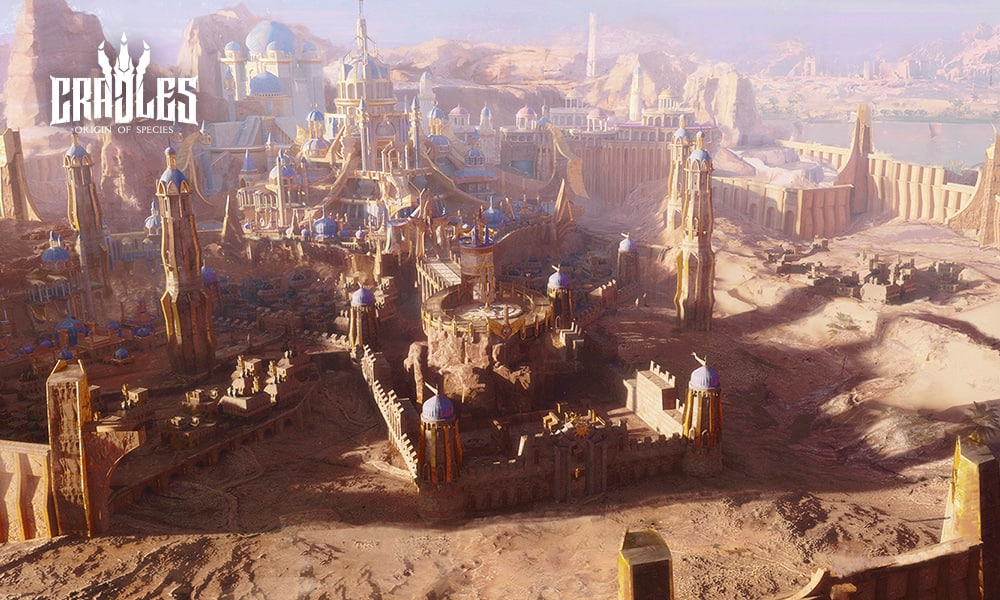Non-fungible tokens or NFTs have never been more popular, thanks largely to the interest and exposure of the last couple of years, particularly in the art and collectible scene. It has also enjoyed great success in the same period within the blockchain gaming sector.
While the technology itself has been around since at least 2016, NFT art and especially more recently, NFT gaming, have emerged as solid evidence that utility in the crypto space transcends the buying and selling of digital assets to something a bit more tangible and relatable.
In fairness, the market for NFTs that has expanded to one of billions of dollars continues to be predominantly in the digital art sector – collectible GIFs and JPEGs that prove ownership of unique pieces of art celebrating the internet and crypto meme culture.
However, there is already a shift happening in what makes an NFT, and blockchain MMORPG Cradles is driving this change with a novel innovation that goes beyond a simple representation of unique artwork.
This isn’t to say that static images (or really, coordinates that point to an immortalized stamp of the original image) haven’t had their role in how successful NFTs have been. Indeed, without the breathlessness of how Bored Apes Yacht Club swept the world, or how CryptoPunks broke the ground for pop crypto, NFTs might have remained deep within the confines of technospeak and internet geekery.
Yet the widely adopted ERC-721 protocol (among other protocols), which set forth the token standards for NFTs as we know them, was never designed to do more than represent unique representations of physical items in the digital or Web3 space.
Thus, NFTs in their current form are stuck with their own set of limitations, restricted in the form to the minuscule amount of data their protocols allow on each token.
Though NFT gaming has also taken decentralized applications and Web3 over some remarkable milestones – gaming Dapps are still the most popularly used applications in the decentralized space – the most successful aspect of an NFT (non-fungibility) is holding it back from reaching higher achievements.
For an NFT to be solely reliant on its perceived rarity aspect (again, a highly subjective matter) simply isn’t enough to sustain interest and further technology – and in gaming, where inventiveness and creativity are the only markers of progress, NFTs on their current limits are at the end of the innovation road. The dwindling speculative markets for NFTs…
Click Here to Read the Full Original Article at NewsBTC…
























